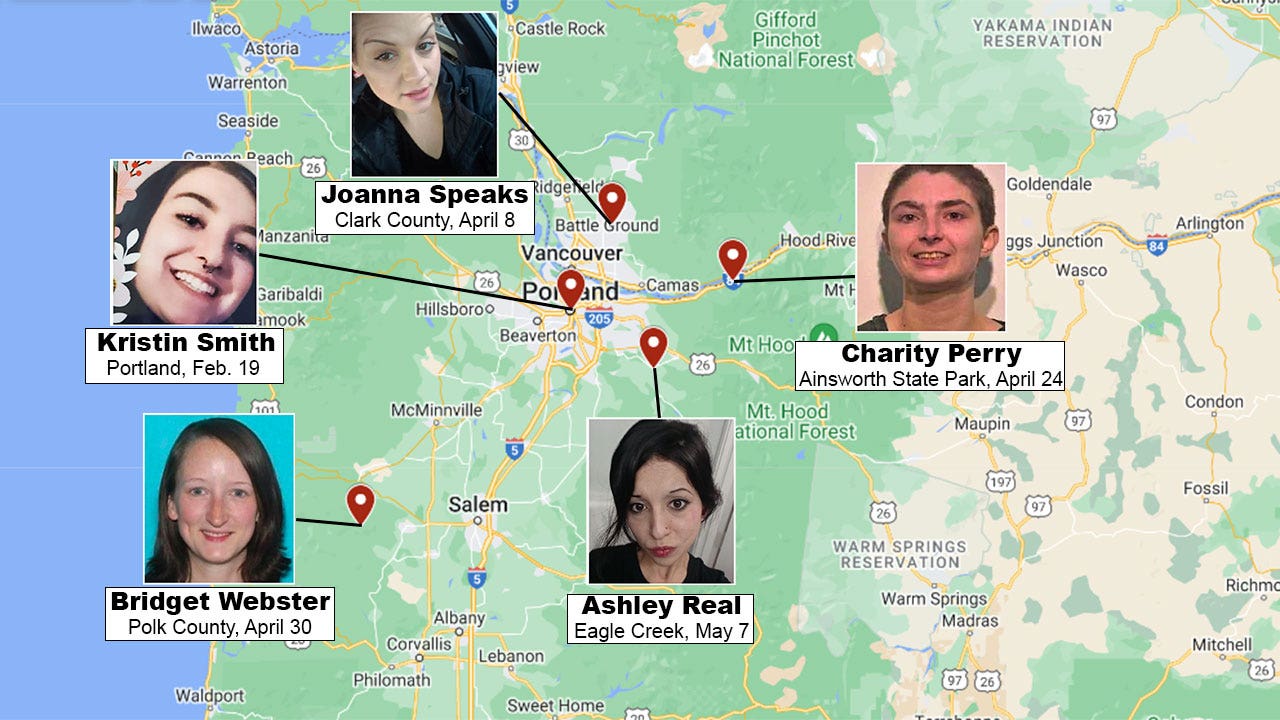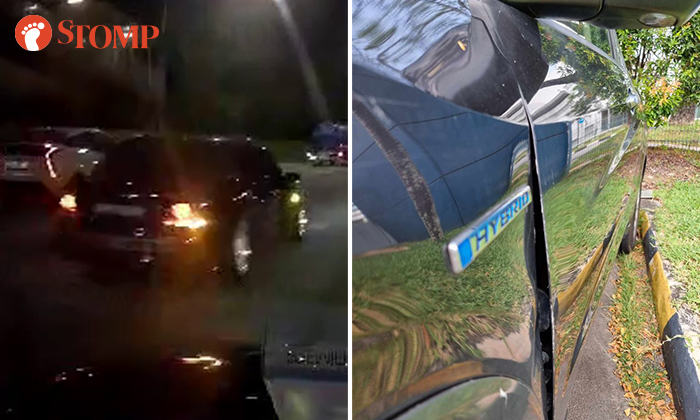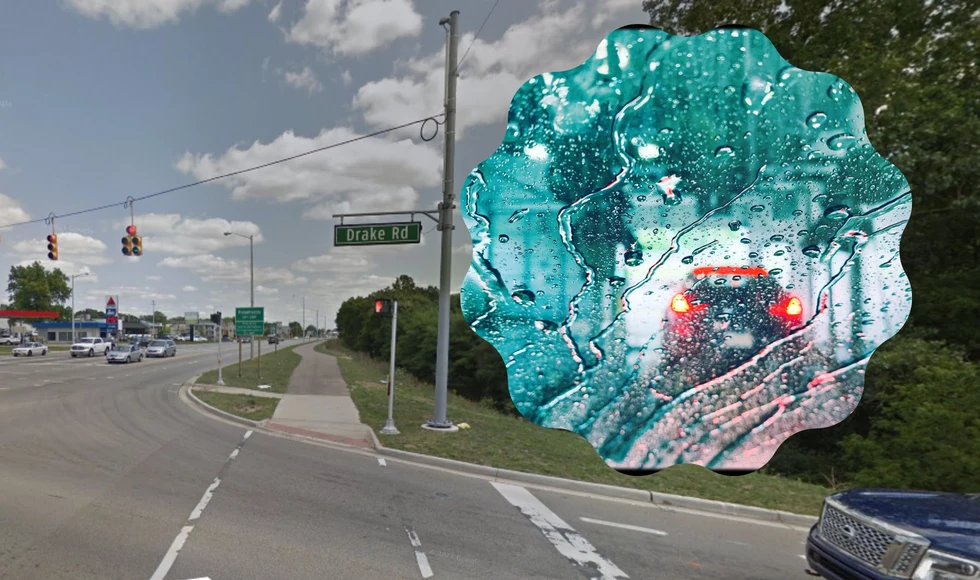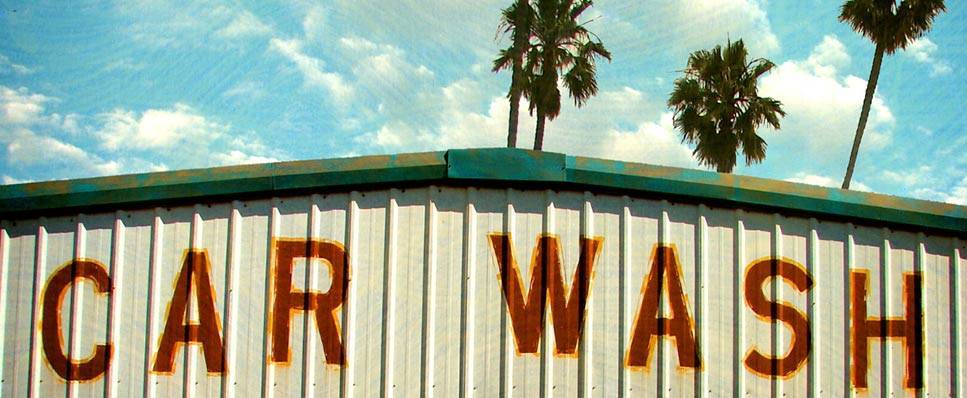
Imagine a seemingly innocuous everyday activity turning into a nightmare scenario. You pull into a car wash, expecting a sparkling clean vehicle to emerge. Instead, your car becomes a prisoner, trapped in a metallic labyrinth under the control of unseen forces. This isn’t a scene from a science fiction movie; it’s a chilling possibility in our increasingly connected world.
The rise of sophisticated cyberattacks has blurred the lines between the digital and physical realms. Everything from our homes to our critical infrastructure is vulnerable. Cars, once mechanical marvels, are now rolling computers, packed with sensors, software, and connectivity. This transformation has opened the door to a new breed of threat: vehicle hacking.
The thought of hackers gaining control of a vehicle’s systems is terrifying. They could manipulate brakes, steering, acceleration, and even lock the doors. The potential for accidents, theft, or even malicious attacks is immense. But the vulnerability might extend beyond the vehicle itself. Consider the automated systems that control car washes.
Modern car washes rely on complex computer systems to manage the washing process, including the movement of the vehicle through the various stages. These systems are susceptible to the same vulnerabilities as any other computer network. A successful hack could compromise the entire operation, turning a simple car wash into a dangerous trap.
Could hackers really take control of a car wash and use it to trap and attack vehicles? The answer, disturbingly, appears to be yes. Understanding the potential threats and vulnerabilities is crucial to preventing such attacks. This is the disturbing reality of **Killer Car Wash: Hackers Can Trap and Attack Vehicles**.
Understanding the Threat Landscape
The Vulnerability of Connected Systems
Modern car washes are far more complex than the simple machines of the past. They rely on a network of interconnected systems to control everything from the water pressure and soap dispensing to the movement of the vehicle through the wash bay. This interconnectedness, while improving efficiency and automation, also creates a larger attack surface for hackers.
Each component within the car wash system, from the programmable logic controllers (PLCs) that manage the machinery to the point-of-sale systems that handle payments, represents a potential entry point for malicious actors. These systems often run on outdated software with known vulnerabilities, making them easy targets for exploitation.
Furthermore, the lack of robust security protocols and inadequate network segmentation can allow attackers to move laterally within the system, gaining access to more sensitive areas. Once inside, they can manipulate the car wash’s operations, potentially trapping vehicles or causing damage.
The human element also plays a significant role in the vulnerability of these systems. Employees may lack the necessary cybersecurity training to identify and respond to phishing attacks or other social engineering tactics. Simple mistakes, such as clicking on a malicious link or using weak passwords, can compromise the entire network.
The combination of outdated technology, inadequate security measures, and human error creates a perfect storm of vulnerabilities that hackers can exploit to turn a car wash into a dangerous trap. This reinforces the fact that **Killer Car Wash: Hackers Can Trap and Attack Vehicles** is not just a hypothetical threat, but a real possibility.
Remote Access Points: A Hacker’s Dream
Many modern car washes offer remote access for maintenance and management purposes. This allows technicians to diagnose problems and perform updates without physically being on-site. While this can be convenient, it also creates a significant security risk.
If remote access credentials are not properly secured or if the remote access software itself has vulnerabilities, hackers can gain unauthorized access to the car wash’s control systems. This allows them to manipulate the machinery, trap vehicles, or even cause physical damage to the equipment.
Weak passwords, default credentials, and unpatched software are common vulnerabilities that hackers can exploit to gain remote access. Once inside, they can install malware, modify system settings, or even take complete control of the car wash’s operations.
Moreover, many car washes use virtual private networks (VPNs) to secure remote access connections. However, if the VPN is not properly configured or if the VPN server itself is compromised, hackers can bypass the security measures and gain direct access to the internal network.
The increasing reliance on remote access for maintenance and management makes car washes a prime target for hackers. Strengthening remote access security measures, such as implementing multi-factor authentication and regularly auditing access logs, is crucial to mitigating this risk and preventing a **Killer Car Wash: Hackers Can Trap and Attack Vehicles** scenario.
Supply Chain Vulnerabilities
The security of a car wash system is only as strong as its weakest link, and that often includes the suppliers of hardware and software components. Supply chain vulnerabilities can introduce significant risks, as hackers can target vendors to gain access to a broader range of systems.
If a vendor’s systems are compromised, hackers can potentially inject malicious code into software updates or hardware components. This code can then be distributed to car washes through normal update channels, compromising their systems without the operators even realizing it.
Furthermore, vendors may not have adequate security measures in place to protect sensitive information, such as access credentials or system configurations. If this information is leaked, hackers can use it to gain unauthorized access to car wash systems.
To mitigate supply chain vulnerabilities, car wash operators should carefully vet their vendors and ensure they have robust security practices in place. They should also regularly monitor their systems for signs of compromise and promptly apply security updates.
By addressing supply chain vulnerabilities, car wash operators can significantly reduce their risk of being targeted by hackers and prevent a **Killer Car Wash: Hackers Can Trap and Attack Vehicles** situation from occurring. Secure vendor relationships are paramount in protecting these automated systems.
How a Car Wash Attack Could Unfold
Initial Access and Exploitation
The first step in a car wash attack typically involves gaining initial access to the system. This can be achieved through a variety of methods, including phishing attacks, exploiting software vulnerabilities, or compromising remote access credentials.
Once inside, hackers will attempt to escalate their privileges and move laterally within the network, identifying critical systems such as the PLCs that control the machinery and the databases that store customer information. They’ll often search for sensitive data or misconfigured system settings that allow them to escalate their privileges.
Exploiting vulnerabilities in the car wash’s software is a common tactic. Hackers can use publicly available exploits or develop their own custom exploits to gain control of the system. They can leverage these vulnerabilities to disable safety interlocks, override operator controls, and manipulate the machinery.
Another common attack vector is social engineering. Hackers may attempt to trick employees into revealing their login credentials or installing malicious software. A well-crafted phishing email can be enough to compromise an entire network.
Once hackers have gained sufficient control, they can begin to manipulate the car wash’s operations, potentially trapping vehicles or causing damage. This is when the true horror of a **Killer Car Wash: Hackers Can Trap and Attack Vehicles** scenario begins to unfold.
Manipulating the Machinery
Once inside the car wash system, hackers can manipulate the machinery in a variety of ways. They can control the movement of the vehicle, the water pressure, the soap dispensing, and even the emergency stop mechanisms.
By manipulating the vehicle’s movement, hackers can trap it inside the wash bay, preventing it from exiting. They can also cause the vehicle to collide with the machinery, causing damage to both the vehicle and the car wash itself.
Hackers can also manipulate the water pressure and soap dispensing to create hazardous conditions. They can increase the water pressure to dangerous levels, potentially damaging the vehicle or injuring occupants. They can also dispense excessive amounts of soap, creating a slippery and dangerous environment.
Disabling the emergency stop mechanisms is another dangerous tactic. This prevents operators from quickly shutting down the car wash in the event of an emergency, potentially exacerbating the situation and causing further damage or injury.
The possibilities for manipulating the machinery are endless, and the consequences can be devastating. This demonstrates the potential for a **Killer Car Wash: Hackers Can Trap and Attack Vehicles** and highlights the need for robust security measures.
Trapping Vehicles and Causing Damage
The ultimate goal of a car wash attack is often to trap vehicles and cause damage. This can be achieved through a variety of methods, including manipulating the machinery, disabling safety features, and causing collisions.
By manipulating the vehicle’s movement, hackers can trap it inside the wash bay, preventing it from exiting. They can then cause the vehicle to collide with the machinery, causing damage to both the vehicle and the car wash itself.
Hackers can also disable safety features, such as the automatic shut-off mechanisms, to create hazardous conditions. This can lead to further damage or injury if the car wash malfunctions.
The damage caused by a car wash attack can range from minor scratches to severe structural damage. In some cases, the attack could even result in injuries to occupants or employees.
The potential for trapping vehicles and causing damage is a serious concern, and it underscores the need for car wash operators to take cybersecurity seriously. The reality of **Killer Car Wash: Hackers Can Trap and Attack Vehicles** is a stark reminder of the evolving threat landscape.
The Potential Consequences
Financial Losses for Car Wash Owners
A successful car wash attack can result in significant financial losses for car wash owners. These losses can include the cost of repairing damaged equipment, compensating customers for damages to their vehicles, and lost revenue due to downtime.
The cost of repairing damaged equipment can be substantial, especially if the attack causes significant structural damage to the car wash. Furthermore, the cost of compensating customers for damages to their vehicles can also be significant, especially if multiple vehicles are damaged.
Lost revenue due to downtime is another major financial consequence of a car wash attack. If the car wash is forced to shut down for an extended period of time to repair the damage or investigate the incident, the owner will lose a significant amount of revenue.
In addition to these direct financial losses, car wash owners may also face indirect costs, such as increased insurance premiums and damage to their reputation.
The financial consequences of a car wash attack can be devastating for small business owners, highlighting the importance of investing in cybersecurity measures to protect their business and prevent a **Killer Car Wash: Hackers Can Trap and Attack Vehicles** scenario.
Reputational Damage and Loss of Trust
In addition to financial losses, a car wash attack can also cause significant reputational damage. Customers may lose trust in the car wash and be hesitant to return, fearing for their safety and the security of their vehicles.
Negative publicity surrounding the attack can further damage the car wash’s reputation, making it difficult to attract new customers and retain existing ones. The attack can spread quickly through social media and online reviews, amplifying the negative impact.
Regaining customer trust after a cyberattack can be a long and difficult process. It requires transparency, honesty, and a commitment to improving security measures. Car wash owners must be proactive in communicating with customers and addressing their concerns.
A strong reputation is essential for the success of any business, and a car wash attack can severely damage that reputation. Protecting customer data and ensuring the safety of their vehicles is crucial for maintaining trust and preventing a **Killer Car Wash: Hackers Can Trap and Attack Vehicles** situation.
Potential for Physical Harm
Perhaps the most concerning consequence of a car wash attack is the potential for physical harm to customers and employees. Manipulating the machinery, disabling safety features, and causing collisions can create hazardous conditions that can result in injuries or even fatalities.
Customers could be injured if their vehicle is trapped inside the wash bay and collides with the machinery. Employees could also be injured if they are caught in the crossfire or attempt to intervene during an attack.
The potential for physical harm underscores the importance of taking cybersecurity seriously and implementing robust security measures to protect car wash systems. The threat of **Killer Car Wash: Hackers Can Trap and Attack Vehicles** is not just a theoretical risk; it is a real and present danger.
Preventing physical harm should be the top priority for car wash owners. Investing in cybersecurity and training employees to identify and respond to threats is essential for ensuring the safety of everyone involved.
The severity of these potential consequences underscores the urgency of addressing the cybersecurity vulnerabilities in car wash systems and preventing future attacks.
Mitigating the Risks
Implementing Robust Security Measures
The most effective way to mitigate the risks of a car wash attack is to implement robust security measures. This includes installing firewalls, intrusion detection systems, and antivirus software; regularly patching software vulnerabilities; and implementing strong access controls.
Firewalls can help to prevent unauthorized access to the car wash system, while intrusion detection systems can alert operators to suspicious activity. Antivirus software can protect against malware infections.
Regularly patching software vulnerabilities is essential for preventing hackers from exploiting known weaknesses in the system. Strong access controls can limit access to sensitive data and prevent unauthorized users from making changes to the system.
In addition to these technical measures, it’s also important to implement security policies and procedures. These policies should address topics such as password management, data security, and incident response.
By implementing robust security measures, car wash operators can significantly reduce their risk of being targeted by hackers and prevent a **Killer Car Wash: Hackers Can Trap and Attack Vehicles** scenario.
Employee Training and Awareness
Employee training and awareness are crucial for preventing car wash attacks. Employees should be trained to identify and respond to phishing attacks, social engineering tactics, and other cybersecurity threats.
They should also be educated on the importance of password security and the proper handling of sensitive data. Regular security awareness training can help to reinforce these concepts and keep employees up-to-date on the latest threats.
Employees should also be encouraged to report any suspicious activity to their supervisor or the IT department. Early detection of a potential attack can help to prevent it from escalating and causing significant damage.
A well-trained and security-conscious workforce is a valuable asset in the fight against cybercrime. By investing in employee training and awareness, car wash operators can significantly improve their overall security posture.
This comprehensive approach to security, encompassing both technical measures and human awareness, is vital for safeguarding car wash operations and preventing the potentially devastating consequences of a **Killer Car Wash: Hackers Can Trap and Attack Vehicles** situation.
Regular Security Audits and Penetration Testing
Regular security audits and penetration testing are essential for identifying and addressing vulnerabilities in car wash systems. Security audits involve a comprehensive review of the system’s security controls and policies, while penetration testing involves simulating a real-world attack to identify weaknesses in the system’s defenses.
Security audits can help to identify areas where the system is not compliant with industry best practices or regulatory requirements. Penetration testing can reveal vulnerabilities that might be missed by traditional security assessments.
The results of security audits and penetration testing should be used to develop a remediation plan to address any identified vulnerabilities. This plan should prioritize the most critical vulnerabilities and set deadlines for their remediation.
Regular security audits and penetration testing can help car wash operators to stay one step ahead of the hackers and prevent a **Killer Car Wash: Hackers Can Trap and Attack Vehicles** situation. Proactive security measures are crucial in today’s threat landscape.
The Role of Regulation and Standards
Industry Standards for Cybersecurity
The development and implementation of industry standards for cybersecurity can play a significant role in protecting car wash systems from cyberattacks. These standards can provide a framework for car wash operators to follow when implementing security measures and ensuring the safety of their systems.
Standards can cover a wide range of topics, including access control, data security, incident response, and vendor management. They can also provide guidance on how to conduct security audits and penetration testing.
Several organizations are working to develop industry standards for cybersecurity, including the National Institute of Standards and Technology (NIST) and the International Organization for Standardization (ISO). These standards can be adapted to meet the specific needs of the car wash industry.
Adopting industry standards for cybersecurity can help car wash operators to demonstrate their commitment to security and build trust with their customers. It is a proactive step in preventing scenarios like **Killer Car Wash: Hackers Can Trap and Attack Vehicles**.
Government Regulations and Oversight
Government regulations and oversight can also play a role in protecting car wash systems from cyberattacks. Regulations can mandate minimum security requirements for car wash operators and provide for government oversight to ensure compliance.
Regulations can also require car wash operators to report data breaches to the government and to notify affected customers. This can help to prevent further damage and ensure that customers are aware of the risks.
Government agencies can also provide technical assistance and training to car wash operators to help them improve their security posture. This can be particularly helpful for small businesses that may lack the resources to implement robust security measures on their own.
The right combination of industry standards and government regulations can help to create a more secure environment for car wash systems and protect customers from the risks of cyberattacks. Government oversight helps to ensure the preventative measures for situations involving **Killer Car Wash: Hackers Can Trap and Attack Vehicles** are effective.
Insurance and Liability
Insurance and liability considerations are also important in the context of car wash cyberattacks. Car wash operators should have adequate insurance coverage to protect themselves from financial losses resulting from a cyberattack.
Cyber insurance can cover a wide range of losses, including the cost of repairing damaged equipment, compensating customers for damages to their vehicles, and lost revenue due to downtime. It can also cover the cost of legal fees and regulatory fines.
Car wash operators should also be aware of their potential liability for damages resulting from a cyberattack. They may be held liable if they fail to implement reasonable security measures to protect their systems from attack.
Having adequate insurance coverage and understanding their potential liability can help car wash operators to mitigate the financial risks associated with cyberattacks. Properly managed insurance can help avoid financial ruin should a situation involving **Killer Car Wash: Hackers Can Trap and Attack Vehicles** occur.
The Future of Car Wash Security
AI and Machine Learning for Threat Detection
Artificial intelligence (AI) and machine learning (ML) are emerging as powerful tools for detecting and responding to cybersecurity threats in car wash systems. AI and ML can be used to analyze network traffic, system logs, and other data sources to identify suspicious activity and potential attacks.
AI-powered threat detection systems can learn from past attacks and adapt to new threats more quickly than traditional security systems. They can also identify anomalies and patterns that might be missed by human analysts.
ML can also be used to automate incident response, such as isolating infected systems and blocking malicious traffic. This can help to reduce the impact of an attack and prevent it from spreading to other systems.
The use of AI and ML is still in its early stages, but it holds great promise for improving the security of car wash systems. These advancements provide another layer of defense against potential situations such as **Killer Car Wash: Hackers Can Trap and Attack Vehicles**.
Blockchain for Secure Data Management
Blockchain technology can be used to secure data management in car wash systems. Blockchain is a distributed ledger technology that can be used to create a tamper-proof record of transactions and other data.
In a car wash system, blockchain can be used to secure customer data, payment information, and system logs. This can help to prevent data breaches and ensure the integrity of the data.
Blockchain can also be used to track the movement of vehicles through the car wash system, providing a secure and auditable record of the washing process. This can help to prevent fraud and ensure the quality of the service.
The use of blockchain in car wash systems is still in its early stages, but it has the potential to significantly improve data security and transparency. Enhancing data security is one step toward prevention of future attacks, and situations where the security system is compromised as in **Killer Car Wash: Hackers Can Trap and Attack Vehicles**.
The Importance of Collaboration and Information Sharing
Collaboration and information sharing are essential for improving the security of car wash systems. Car wash operators, vendors, and government agencies need to work together to share threat intelligence and best practices.
Information sharing can help to prevent attacks by alerting others to emerging threats and vulnerabilities. Collaboration can also help to develop and implement more effective security measures.
Organizations such as the Cybersecurity and Infrastructure Security Agency (CISA) provide resources and tools to facilitate information sharing and collaboration. By working together, the car wash industry can strengthen its collective security posture and protect against cyberattacks. Working together will ensure that a **Killer Car Wash: Hackers Can Trap and Attack Vehicles** situation never occurs.
Conclusion
The threat of hackers exploiting car wash systems to trap and attack vehicles is a serious concern that requires immediate attention. The interconnected nature of modern car washes, coupled with outdated security measures and potential human error, creates a perfect storm of vulnerabilities. By understanding the threat landscape, implementing robust security measures, and fostering collaboration and information sharing, we can mitigate the risks and protect our car washes from cyberattacks.
Remember, the security of our critical infrastructure, including car washes, is a shared responsibility. By working together, we can create a more secure and resilient environment for everyone.
Interested in learning more about cybersecurity threats and how to protect yourself? Check out our other articles on topics such as ransomware attacks, phishing scams, and data breach prevention.
Stay informed, stay vigilant, and stay safe.
Thank you for reading, we hope you are safe now.
Check out our other articles about cybersecurity and learn more.
- Understanding the Threat Landscape
- How a Car Wash Attack Could Unfold
- The Potential Consequences
- Mitigating the Risks
- The Role of Regulation and Standards
- The Future of Car Wash Security


